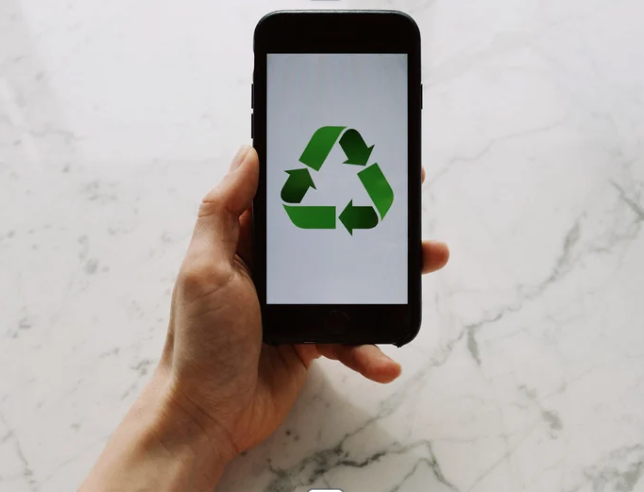The Climate Impact of Electronics

Updated at 2025-10-22
Electronics and the Path to Circularity
The electronics industry accounts for a significant share of global greenhouse gas emissions. According to the UN Environment Programme, up to 80% of the total climate impact of electronics occurs during production—before the product even reaches the consumer (UNEP, 2019). That means that every new phone, laptop, or tablet already has a high carbon footprint the moment it's sold. Short product lifespans—often just 2–3 years—make the problem even worse.
Human Rights in the Supply Chain
Electronics require rare earth minerals like cobalt, lithium, and tantalum—often mined in regions with poor environmental standards and weak labor protections. Amnesty International has reported the use of child labor in cobalt mines in the Democratic Republic of Congo, raising serious concerns about human rights in the electronics supply chain (Amnesty, 2016).

Circular Solutions
A circular economy is a key part of the solution. Instead of the traditional linear model—extract, produce, consume, dispose—we need to design products for longevity, repairability, and reuse. Choosing used or refurbished electronics, or renting rather than buying, can significantly reduce the demand for new production, saving both emissions and resources.
Recycling is also crucial, yet only about 17% of global e-waste is properly recycled (Global E-waste Monitor, 2020). In Sweden alone, 4,500 to 7,500 tonnes of hazardous e-waste still end up in household bins every year—posing serious risks to both human health and the environment.
What Can I Do?
As a consumer, your choices matter. You can:
- Demand transparency from brands and retailers
- Choose more sustainable products
- Make sure your old electronics are properly recycled
The longer we keep our devices in use, the better for the planet—and for the people affected by their production.Experts recommend using phones and computers for at least seven years. Even extending the life of a device by just a year or two makes a big difference, especially compared to today’s short upgrade cycles.
You can also ask retailers to disclose the climate impact of their products, so you can make more informed choices—and avoid less sustainable options.

What Can Businesses Do?
Companies have both the opportunity and the responsibility to influence emissions and working conditions through their purchasing, product design, and supply chains.
By demanding transparency and sustainable materials in procurement processes, businesses can support circular solutions and fairer working conditions.
Choosing products built to last, that can be repaired or upgraded—and prioritizing refurbished over new equipment—are concrete steps. Internally, companies can also implement reuse routines and secure recycling processes to reduce waste and emissions.
The Case for Used Electronics
Roughly 80% of the emissions from IT equipment occur during production. That means buying a refurbished device instead of a new one dramatically reduces both carbon emissions and waste. And since production often involves mining in fragile ecosystems and unethical labor environments, the benefits go beyond climate impact.
Smartphones are particularly problematic due to their short lifespans and the massive volume of devices being produced.

Recycling Done Right
When it’s finally time to part with a device, it’s important to consider its full life cycle. E-waste accounts for 70% of all toxic waste globally, due to its content of heavy metals like mercury, lead, cadmium, and arsenic.
Always take your used electronics to a certified recycler. This allows valuable materials to be recovered safely and reused. Never toss electronics in household trash—it’s dangerous for the environment and wastes precious resources. In Sweden alone, thousands of tonnes of hazardous e-waste still end up in regular waste bins every year.

Moving Forward
The way we consume matters. One of the most powerful actions we can take is to stop buying new products unless absolutely necessary. Ask yourself: Do I really need this? Extending the life of your electronics—through reuse, repair, or by choosing better quality—can significantly reduce their environmental footprint.
Related content
Here you can find articles and pages relevant to this subject.